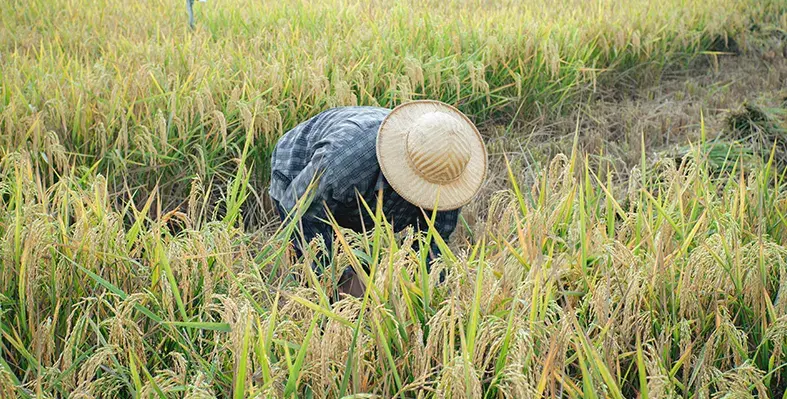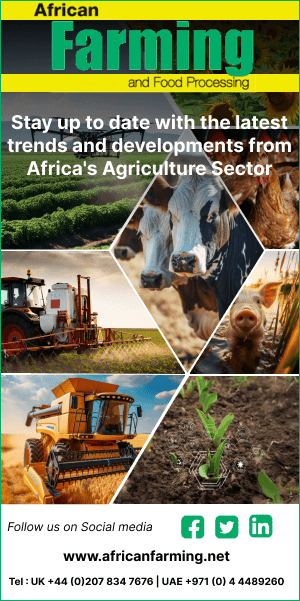As climate change continues to impact global agriculture, regenerative farming is emerging as a viable solution to build climate resilience.
Agritechnica 2025, the world's leading trade fair for agricultural machinery, will place regenerative agriculture at the forefront, featuring a dedicated programme of expert discussions and international best-practice showcases.
Regenerative agriculture focuses on enhancing soil health through practices like reduced tillage, permanent soil cover, diverse crop rotations, and extensive cover cropping. These techniques are designed to stabilise soil functions, increase carbon storage, and improve water retention, all of which are crucial for maintaining productivity amid unpredictable weather patterns.
While regenerative agriculture doesn’t have a single, universally agreed-upon definition, its flexible framework allows farmers to incorporate individual practices gradually, making it adaptable to a wide range of agricultural contexts. This adaptability is especially important as the European Union pushes for reduced use of fertilisers and crop protection products, creating a need for more sustainable farming practices.
"Regenerative agriculture has become a global priority," says Dr. Bruno Görlach, Division Manager of Crop Production and Field Operations at DLG. "Farmers around the world are seeking practical solutions to climate-related challenges, and regenerative practices offer a flexible, science-based approach. At DLG, we’ve already taken action in Germany by offering a classification guide on the subject. The spotlight on soil health at Agritechnica 2025 is a further step in informing international farmers about the potential of regenerative systems and supporting their transition with technical expertise and practical know-how."
At Agritechnica 2025, the DLG will showcase its “Soil Health” Spotlight in Hall 24, where the Expert Stage “Smart Efficiency” will host discussions and case studies on regenerative practices. These sessions will bring together farmers, researchers, and industry experts to explore how regenerative systems can balance sustainability with productivity.
On November 11, during Agribusiness Day in Hall 24, a panel discussion will offer international perspectives on regenerative farming. Experts will share best-practice examples from around the world and address the practical challenges of implementing regenerative systems.
Agritechnica 2025, taking place from November 9 to 15 in Hannover, Germany, is expected to attract over 2,700 exhibitors and 430,000 visitors. DLG also highlights five internationally recognised principles of regenerative agriculture: minimising soil disturbance, maintaining permanent ground cover, practising diverse crop rotations, keeping living roots in the soil year-round, and integrating livestock. While these principles are not exclusive to DLG, the organisation is actively promoting them through its expert programming and outreach to farmers.








